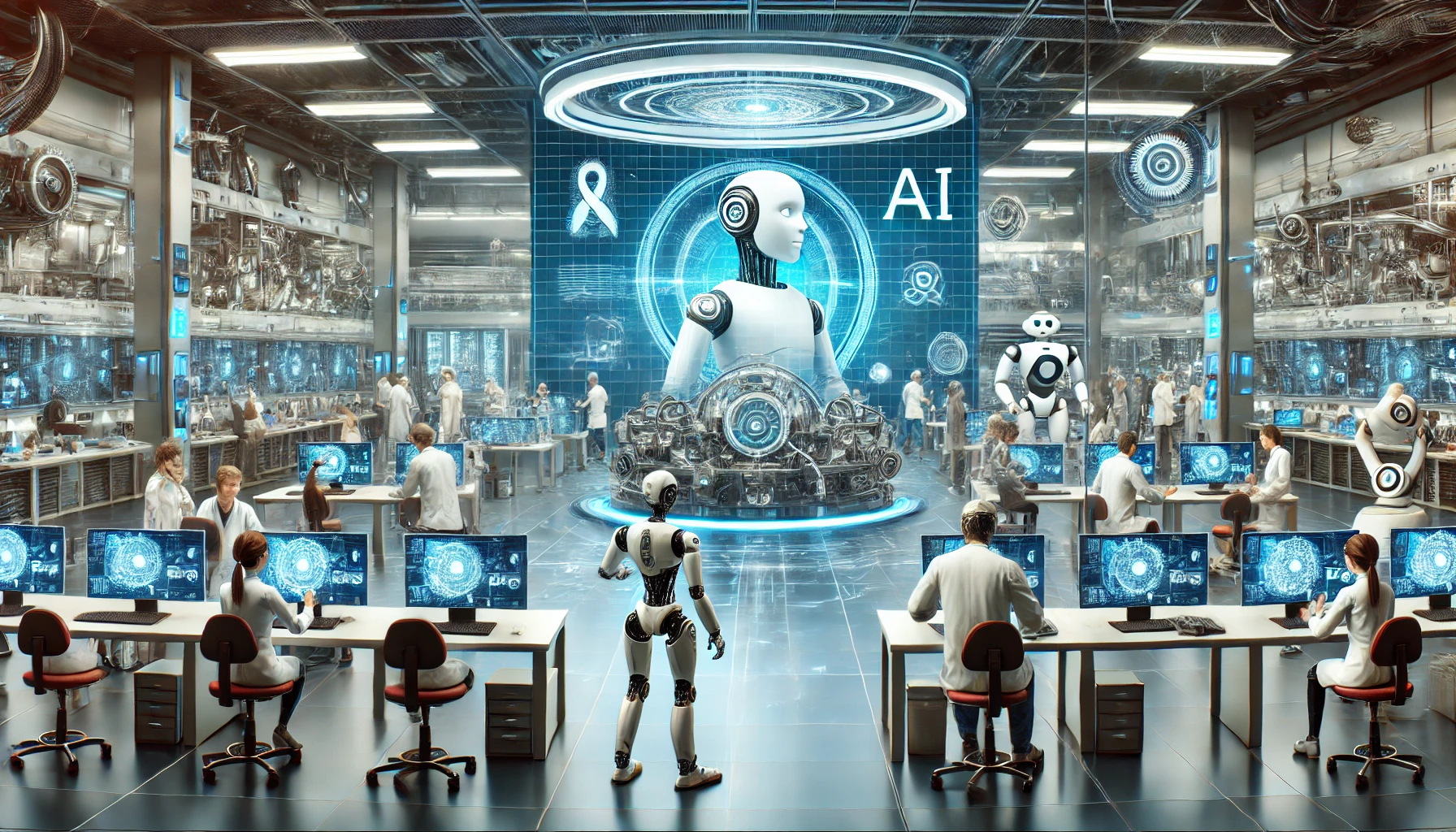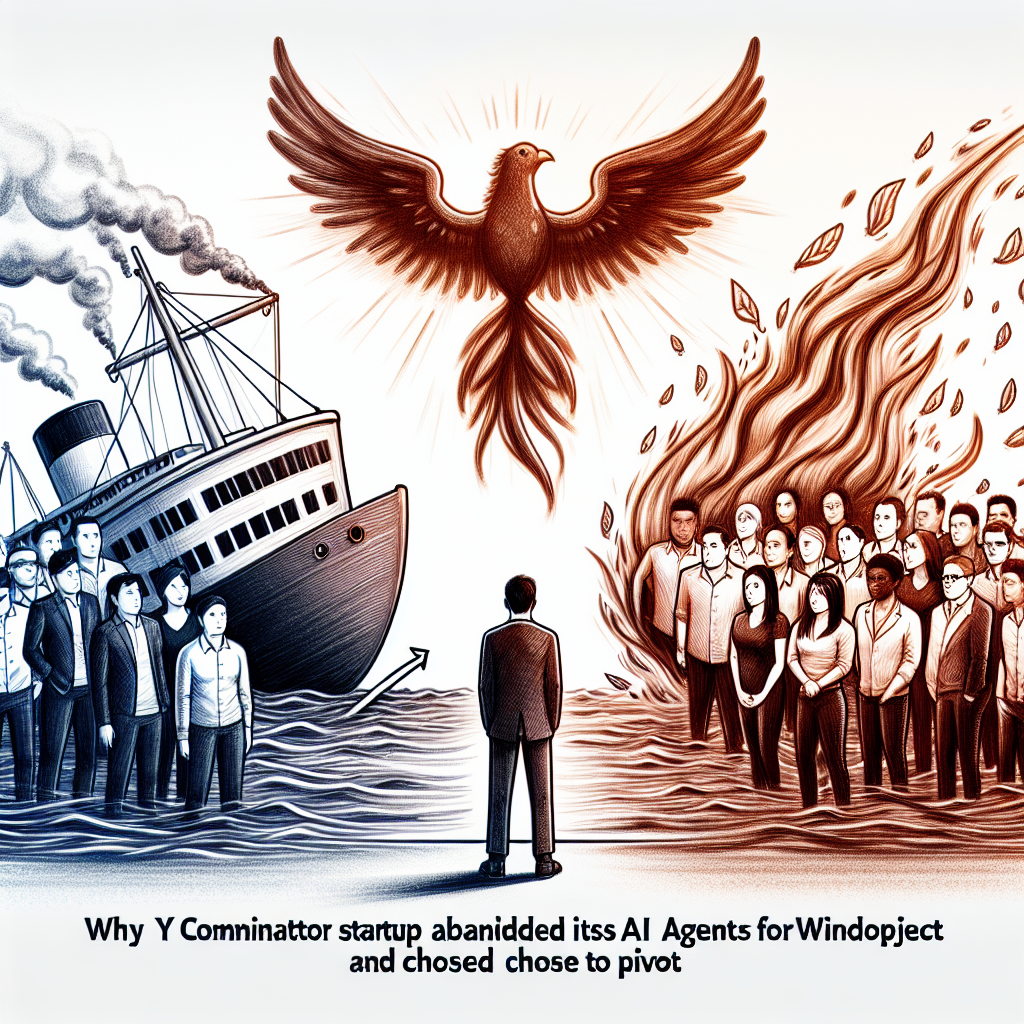Introduction: The Promise and Pitfalls of Bringing AI Agents to Windows
Pig.dev, a Y Combinator-backed startup, embarked on an ambitious journey to develop intelligent agent technology for Windows desktops. The startup’s vision was to revolutionize how users interact with their devices by creating autonomous AI agents capable of navigating and controlling Windows environments the way a human might — opening apps, reading files, and even clicking through interfaces.
But despite early enthusiasm, compelling demos, and investor interest, Pig.dev has decided to pivot away from its original mission. So, what went wrong? And what lessons can startups learn from Pig.dev’s journey?
The Original Vision: Human-Like AI for the Desktop
Pig.dev aimed to bring OpenAI-style AI agent tooling to the traditional Windows desktop — a notoriously complex and undocumented environment. Instead of building just another chatbot or enterprise workflow tool, their goal was to enable AI agents to perform real user tasks on a Windows PC, allowing for complete desktop automation.
The Technical Challenge
Creating agent technology that functions reliably on Windows is no simple task. While other companies were successfully navigating web-based agent platforms (where environments are predictable and structure is more uniform), Pig.dev tried to replicate that success in the highly heterogeneous and unpredictable world of desktop OSs.
The major complications included:
- Legacy systems and deeply-integrated proprietary software
- Lack of consistent APIs for UI interaction
- Diverse and non-standard application designs
- High error rates in agent behavior due to visual and contextual ambiguity
Ironically, the very attributes that made the project visionary also made it practically infeasible in the short term.
Reality Hits: Unscalable Engineering and Uncertain Demand
Even after months of iteration and close collaboration with early adopters, the team at Pig.dev encountered a multitude of bottlenecks that slowed progress and crippled scale. The AI agents often relied on brittle code to perform even the most basic operations — such as clicking a specific item or recognizing screen states. These types of implementations did not generalize well across systems.
Additionally, the demand for full AI agents on Windows — at least among their target users — wasn’t as strong or urgent as needed for a venture-funded company to thrive. Enterprise customers required 100% reliability, and hobbyists were not enough to sustain recurring revenue. As a result, the cost of building and maintaining the product far outweighed the perceived value by users.
Signal Amid the Noise
Despite these struggles, Pig.dev did attract early attention. Their Twitter demos and experiment videos showcasing agents navigating the Windows desktop were widely shared and discussed across tech forums. However, the engineering behind those demos lacked the scalability and robustness needed to transform them into a product.
The Decision to Pivot: A Strategic Retreat
After an extended period of user feedback, testing, and reassessing market needs, the founders at Pig.dev made a difficult decision: shut down the existing agent development and redirect the company’s resources. The pivot is not necessarily a failure — it could instead be the start of a more focused, viable chapter in the startup’s lifecycle.
Where Are They Heading Now?
The current pivot strategy hasn’t been fully revealed, but signs point toward leveraging the team’s existing technologies — like GPT-4-powered interpretation systems and visual processors — to build more achievable products. One possibility is refocusing on web-based agents, developer tools, or internal IT automation tools where the environment can be constrained and performance metrics more easily measured.
Lessons Learned from Pig.dev’s Journey
Pig.dev’s story offers sobering but essential lessons for other AI and startup founders chasing moonshot visions:
1. Platform Complexity Matters
The Windows operating system, rife with legacy components, is far more complex and resistant to automation than many give it credit for. Developing reliable agents in such an environment is not akin to building a chatbot for Slack.
2. MVPs Need More Than Hype
Flashy demos can build social momentum but can’t hide underlying fragility. Sustainable products need reliability, reliability, and more reliability — especially in productivity-focused enterprise markets.
3. Timing Is Crucial
Even if the idea is valid, it could be that the current ecosystem — both technical and commercial — isn’t ready. Startups need to balance visionary thinking with grounded, present-day feasibility.
4. Feedback Loops Are Vital
By engaging directly with users early, Pig.dev was able to surface deep insights into what worked, what didn’t, and what was worth building. This ultimately allowed them to pivot with purpose, not panic.
Conclusion: A Cautionary Tale or a Case Study in Smart Adaptation?
Pig.dev’s attempt to bring AI agents to Windows is an inspiring example of audacity meeting reality. The company’s initial failure doesn’t nullify their technical talent or strategic instinct. Instead, it highlights the challenges of marrying high-concept AI ideas with messy, real-world systems.
As Pig.dev charts its new course, many will be watching to see what they deliver next — and whether those lessons learned in the trenches of Windows automation help them engineer something groundbreaking in their second act.



Leave a Reply